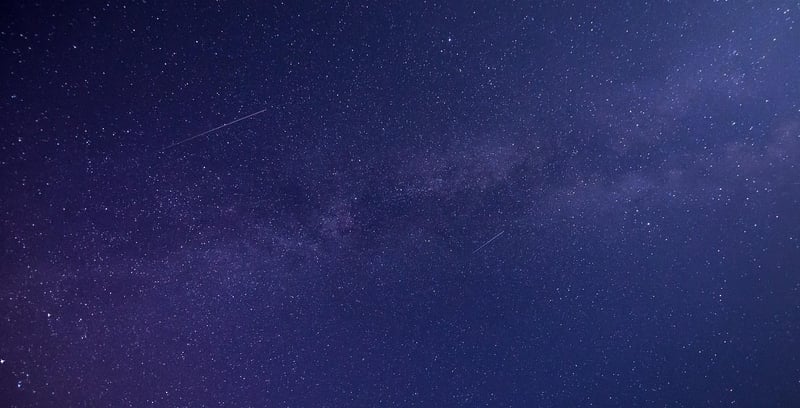Bio-signature Detection
Seeking Life in the Cosmos: The Quest for Bio-signature Detection
Exploring the vast expanse of the cosmos has always been a fascinating endeavor for humankind. Among the many questions that drive our curiosity, the search for extraterrestrial life stands out as one of the most profound pursuits. Scientists and researchers around the world are actively engaged in seeking potential signs of life beyond our planet through the detection of bio-signatures.
What are Bio-signatures?
Bio-signatures are substances or phenomena that provide scientific evidence of past or present life. These indicators can range from specific molecules, isotopic ratios, to complex structures that suggest the presence of living organisms. Detecting bio-signatures is crucial in the quest for identifying habitable environments and potential life forms in the cosmos.
Methods of Bio-signature Detection
Scientists employ various methods to detect bio-signatures in different celestial bodies, such as planets, moons, and asteroids. Some of the key approaches include:
- Spectroscopy: Analyzing the light spectrum emitted or absorbed by a celestial body to identify specific molecules that could indicate the presence of life.
- Gas Analysis: Studying the composition of gases in an atmosphere for anomalies that may suggest biological processes.
- Isotope Analysis: Examining the isotopic ratios of elements to look for patterns that are consistent with biological activity.
- Surface Imaging: Using high-resolution cameras and imaging techniques to identify potential signs of life, such as microbial mats or geological formations indicative of past life.
The Importance of Bio-signature Detection
Identifying bio-signatures is essential not only for understanding the potential for life beyond Earth but also for gaining insights into the diversity of life forms and environments in the universe. By detecting these markers, scientists can narrow down the search for habitable exoplanets and prioritize future exploration missions.
Future Prospects and Challenges
As technology advances and our understanding of astrobiology deepens, the prospects for detecting bio-signatures in the cosmos continue to improve. However, challenges such as the vast distances involved, limited resources, and the complexity of interpreting data from remote celestial bodies pose significant hurdles in this quest.
Despite these challenges, the quest for bio-signature detection remains a driving force in space exploration, igniting our imagination and pushing the boundaries of scientific discovery.

Image Source: Pixabay
